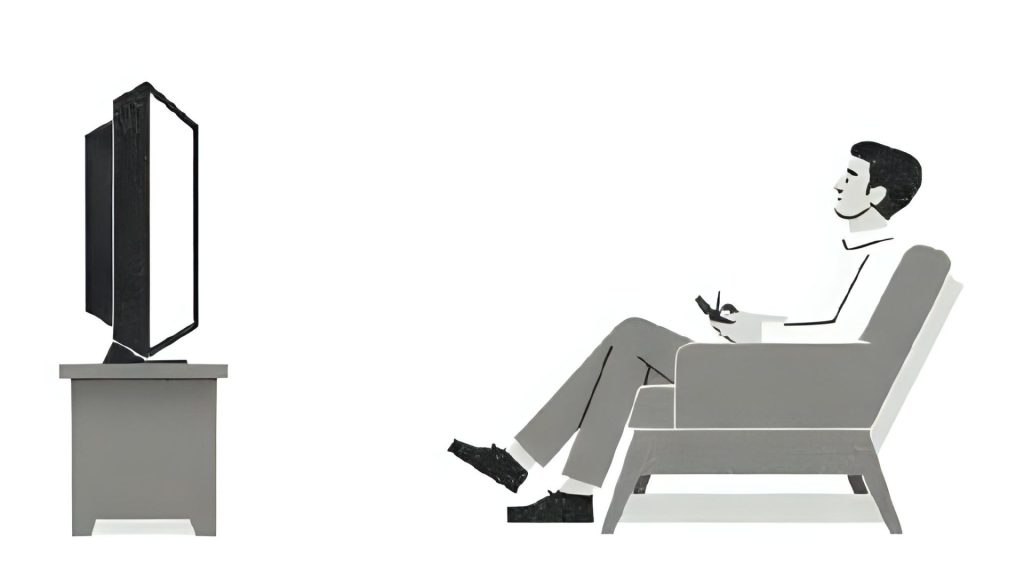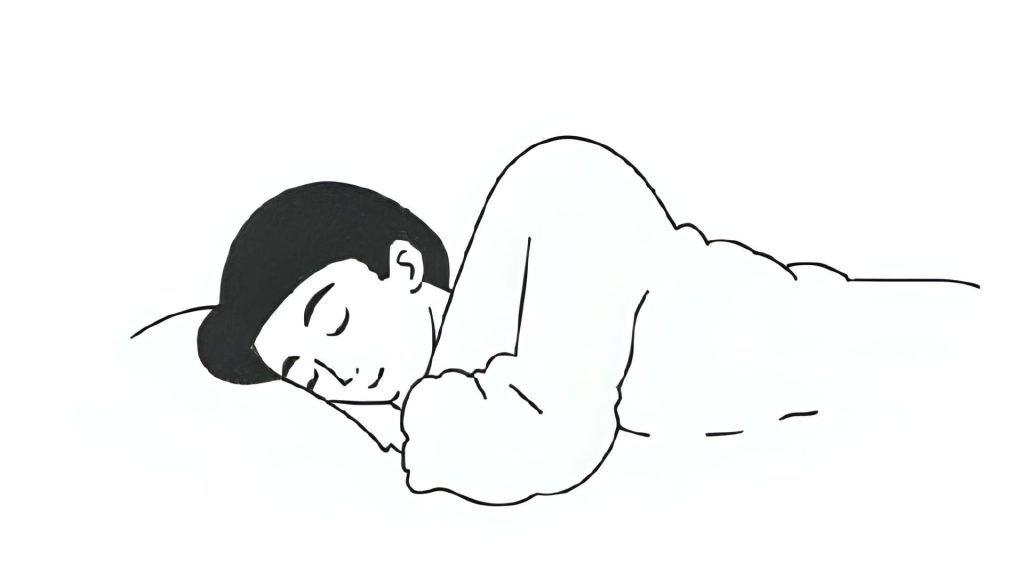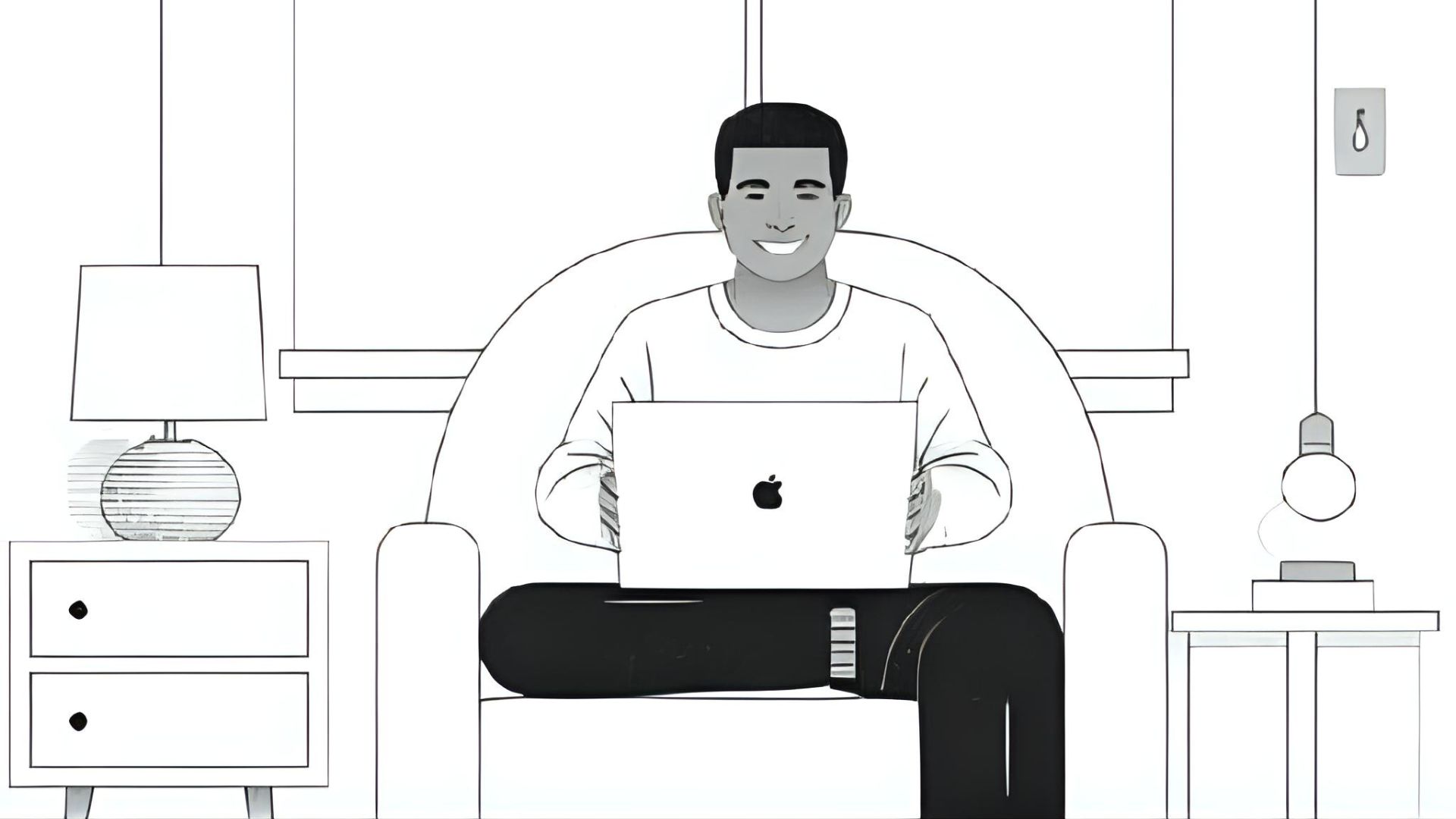Key takeaways:
- Noise drains your energy, even when you don’t notice it.
- Small renter-friendly changes really work. No drilling or construction required.
- Understanding sound changes everything. Learning the difference between soundproofing and acoustic treatment helps you manage the sound inside your space.
- Acoustic panels are worth exploring. Studies show they cut down echo, improve clarity, and reduce listening fatigue.
There’s this strange moment that happens when your space finally hushes.
No footsteps above you. No hallway debates outside your door. No distant blender whirring like a chainsaw in a smoothie shop. Just stillness.
And suddenly, your shoulders drop in a way you didn’t know they could. Your jaw unclenches, and your body almost forgets how to be noisy.
That’s what happened to me not long ago. After weeks of tweaking and testing the renter-friendly tips I shared last time. The rug layering, gap sealing, bedtime sound rituals, I had one of those rare, quiet nights. And I mean really quiet.
It wasn’t until then that I realised just how loud things had been before. Not just audibly loud, but mentally loud. That subtle tension that never fully lets up because your brain is always bracing for the next interruption. And when it finally fades? You feel it in your bones.
There’s actually a name for this. Environmental psychologists call it “habituation fatigue.” It’s the idea that when your brain constantly adjusts to background stressors, like low-level noise, it doesn’t just tune them out. It spends energy managing them, all day long. And that takes a toll.
I used to think I was just being “too sensitive.” But now, with a little science and a lot of trial and error behind me, I get it: our nervous systems weren’t built for constant urban buzz. And when that buzz drops away? That’s when the healing starts.

What Actually Worked (and what didn’t)
Turns out, some of the soundproofing hacks I tried weren’t just Pinterest-friendly. They were legit life-changers. And some others? Let’s just say they looked better in theory.
This time around, I wanted to be more methodical. Not just “throw a rug here, hang a curtain there,” but actually observe and see what made the room feel quieter, and not just sound quieter.
The Unexpected Power of Small Fixes
One of the simplest changes that had a surprisingly outsized impact? Sealing the tiny air vent gaps in the kitchen. I used removable putty and magnetic covers. Not exactly glamorous. But I noticed that every time someone upstairs used their speakerphone, it no longer echoed into my hallway like a public announcement.
According to a 2022 study in Building Acoustics, even narrow ductwork and vents can amplify airborne sound by over 10 dB, basically doubling perceived volume.
I also experimented with moving the furniture, which, I know, sounds like the IKEA version of feng shui. But shifting my couch to face away from the thinnest wall (and adding a small padded bench between) made my evening routine feel more contained.
There’s growing research on the psychological effects of “acoustic orientation.” This is the way furniture positioning influences how we perceive space and sound. It’s not about muting noise entirely, but about creating a directional buffer.
On the flip side? I tried layering fabric wall hangings in my bedroom. They looked cozy, sure, but didn’t do much beyond aesthetics. I think the material was too thin to absorb anything but compliments from guests. (lesson learned: more plush, less polyester)

The Rituals That Changed My Evenings
I’ve now made it a habit to prep my nervous system for quiet, rather than just hoping it happens.
Instead of only masking noise, I’ve started training my brain to shift gears more gently at night. That looks like pink noise on a 45-minute timer, dim lighting, and keeping my phone out of arm’s reach.
Dr. Shelby Harris, a behavioral sleep medicine specialist, says these kinds of pre-sleep rituals help signal the hypothalamus, the part of the brain that regulates our circadian rhythm.
What’s wild is that I didn’t need complete silence to feel rested, just predictability. The ambient blanket of consistent sound helped drown out sharp interruptions that used to jolt me back into alertness. I’d fall asleep faster and stay asleep longer. Cool, right?

From Sound Hacks to Sound Strategy
There’s something that happens when you stop just googling “how to make your apartment quieter” and start digging into how sound actually behaves.
I didn’t expect to care this much about things like reverberation time or sound wave reflection, but here I am, casually dropping terms like I’m hosting a low-budget science documentary.
But seriously, after trying the basics, I started asking deeper questions. Not just how to soften noise, but why some rooms sound sharper than others. Why certain noises seemed to follow me around, and others vanished with just a rug and a bookshelf.
Spoiler: it’s not just volume. It’s how sound travels.
Soundproofing vs. Acoustic Treatment
Let’s clear this up first. I used to think they were the same thing. They’re not.
- Soundproofing is about keeping sound in or out. Think thick walls, sealed doors, mass-loaded barriers.
- Acoustic treatment, though? That’s about improving the quality of sound inside a space, reducing echo, harshness, and that weird tinny ring some rooms have.
According to the Institute of Noise Control Engineering, untreated drywall rooms can have reverberation times exceeding 0.6–0.8 seconds, meaning each sound bounces around just long enough to blur clarity and increase fatigue. Acoustic treatment aims to bring that down below 0.3 seconds for comfort.
Once I understood this, it all clicked. I didn’t need to block everything out, I just needed to reshape the sound that was already inside my space.
That’s when I started reading about how sound reflects off different surfaces. Smooth, hard ones like tile, glass, and bare walls bounce sound around like it’s playing pinball. Softer, textured materials, think fabric, foam, dense books, absorb or diffuse those waves, breaking up the chaos.
Suddenly, every room in my apartment looked different to me. My bathroom? A tiny echo chamber. My hallway? A noise funnel. My living room? A blank acoustic canvas.
Which brings us to the next chapter…

Enter: Acoustic Panels
So here’s what I never thought I’d say as a regular apartment renter: I am genuinely excited about acoustic panels.
Yep. Panels. For sound. On my walls.
Honestly, it started as one of those Pinterest rabbit holes. I saw some that looked more like modern art than sound tech, and I thought, “Wait, are these just pretty, or do they actually do something?”
Turns out, they very much do something.
Acoustic panels are designed to absorb mid- to high-frequency sound waves, basically the chatter, clatter, and general indoor chaos that most apartments struggle with. They’re made of porous materials like dense foam, recycled cotton, or mineral wool that trap sound energy and convert it into heat (don’t worry, not in a noticeable way).
But here’s where it gets cool: It’s about tuning the space. Like adjusting the acoustics of your living room, the same way you’d EQ your headphones. The sound gets softer, rounder, and less sharp.
In home studies from the University of Salford’s Acoustic Research Centre, researchers found that even lightweight fabric-wrapped panels could reduce echo by up to 60% in domestic rooms with hard surfaces. Participants reported feeling “calmer” and more “mentally clear” in treated rooms, without even realizing why.
The panels also help in sneaky, unexpected ways. For instance:
- They improve speech clarity, great if you work from home or take calls in echoey spaces.
- They reduce listening fatigue, which is a real thing. The brain works harder to process sound in acoustically messy environments.
- They lower perceived loudness, even if decibel levels technically stay the same, the brain experiences less sonic clutter.
What really sold me? They’re renter-safe now. A lot of panels are designed with adhesives or Velcro strips that come off clean. And many brands offer customizable shapes, textures, and colors too.
So yes, after weeks of trial runs and low-commitment hacks, I’ve decided to invest in a few acoustic panels. Not to overhaul the entire apartment. Just to start. The same way I learned to layer my lighting or organize my bookshelves for comfort, I want to start shaping my soundscape, too.
I’ll be diving deeper into that in the coming weeks on how to choose the right ones, where to place them, and what kind of difference they actually make in a renter’s space.

If the first weeks of this journey were about reacting to noise, plugging ears, moving rugs, and rearranging furniture. But this new phase feels different. I’m not just dodging chaos anymore. I’m building calm.
And I didn’t realize how powerful that shift could be.
Sound is the invisible architecture of our homes. We talk so much about light, layout, plants, energy, but the sound of a space? It holds real weight. It affects how we focus, how we rest, even how we relate to people we share the space with.
There’s a concept in acoustic psychology called perceived control. It is about how much control we believe we have over the noise in our environment. Studies show that even when people hear the same level of noise, those who feel more in control of it report significantly lower stress levels.
Through trial and error, research and rituals, I’ve carved out a home that listens back. I’ve learned to notice the sonic texture of my rooms. To treat sound not as something to fight, but something to design with.
And now I trust my space. And that has made all the difference.

Leave a Reply